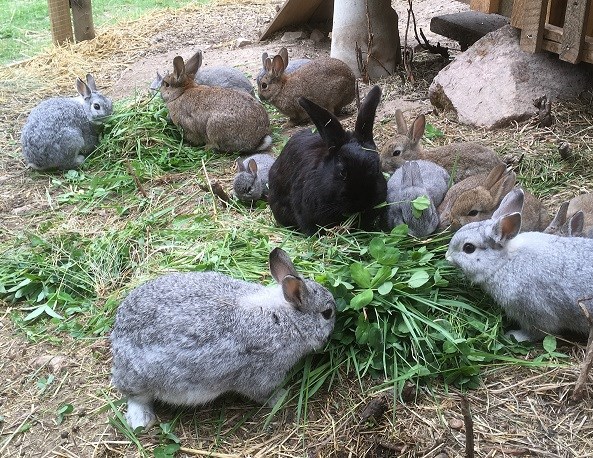Contact
Carl-Gustaf Thulin
director, Center for Fish and Wildlife Research (CFW)
Swedish University of Agricultural Sciences
+46 (0) 705645358, carl-gustaf.thulin@slu.se

After domestication, wild progenitors, such as the aurochs and the wild horse, became extinct. For the European rabbit, however, ancestral, domestic, and feral populations exist. During domestication of the rabbit, very few alleles have been fixed for selective traits, and thus, the ancestral genotypes have been preserved in lowered frequencies.
This facilitates investigations on genetic processes involved in domestication as well as dedomestication, that is, where domestic strains are "rewilded." The acquired knowledge may be useful in the search for genotypic, phenotypic, and, perhaps most importantly, ecotypic equivalents that could assist in the restoration of extinct fauna and its ecosystem functions. Such efforts could provide novel evolutionary trajectories useful in nature restoration, management, and conservation.
http://onlinelibrary.wiley.com/doi/10.1111/rec.12510/full
Thulin C-G, Alves PC, Djan M, Fontanesi L, Peacock D (2017). Wild opportunities with dedomestication genetics of rabbits. Restoration Ecology 25, 330–332. doi:10.1111/rec.12510
Carl-Gustaf Thulin
director, Center for Fish and Wildlife Research (CFW)
Swedish University of Agricultural Sciences
+46 (0) 705645358, carl-gustaf.thulin@slu.se